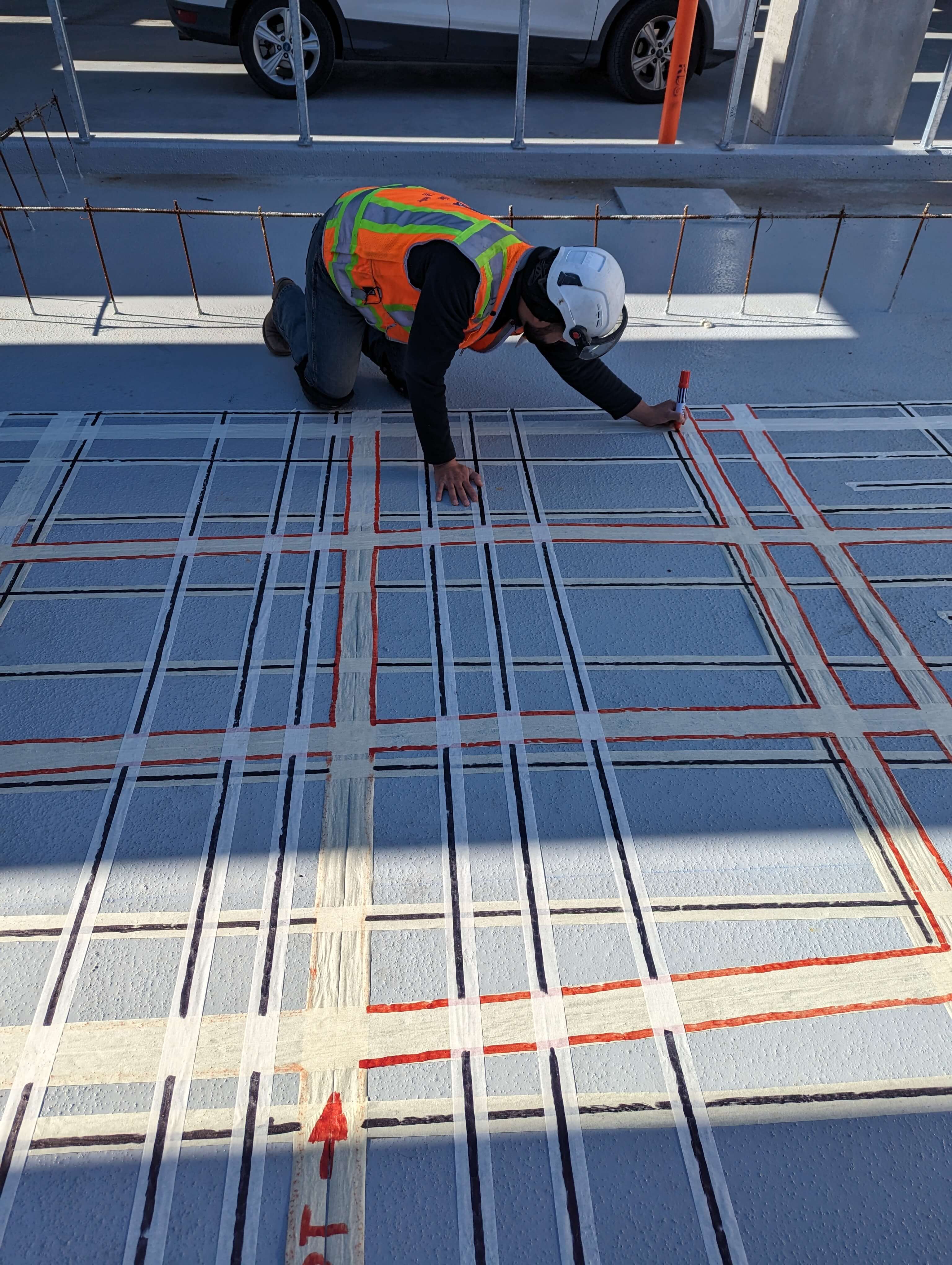The Relevance of Specialist Concrete Scanning Solutions
The Relevance of Specialist Concrete Scanning Solutions
Blog Article
Past the Surface: Leveraging Advanced Concrete Scanning Techniques for Unmatched Accuracy and Insight
Advanced concrete scanning techniques have emerged as important tools in this pursuit, supplying a peek underneath the surface to introduce a world of critical insights. By taking advantage of cutting-edge innovations, professionals can reveal abnormalities, examine the condition of concrete frameworks, and make notified choices that shape the course of tasks.
Relevance of Advanced Concrete Scanning
The importance of using advanced concrete scanning techniques lies in the unrivaled precision they use for discovering sub-surface anomalies and making certain architectural integrity. By using innovative modern technologies such as ground-penetrating radar (GPR), electromagnetic induction, and progressed finder imaging, building and construction experts can dig under the surface of concrete frameworks with a degree of precision that much goes beyond typical inspection methods. Concrete Scanning. These methods allow the identification of hidden hazards like rebar deterioration, spaces, avenues, or post-tension wires that can jeopardize the security and security of a framework gradually
Additionally, advanced concrete scanning provides indispensable insights right into the total condition of a concrete element without the requirement for invasive procedures, minimizing the risk of creating damages throughout the assessment procedure. The capability to identify the exact location and depth of potential problems enables for targeted repair work and upkeep, inevitably lengthening the life-span of the structure and enhancing its performance. Basically, the significance of sophisticated concrete scanning can not be overstated in the world of building and construction and facilities upkeep, where precision and dependability are critical.
Kinds Of Cutting-Edge Technologies

Anomalies and Flaw Detection

In enhancement to GPR, concrete scanning techniques like thermography and impact-echo screening are likewise reliable in spotting flaws and abnormalities. By leveraging these sophisticated methods, specialists can proactively attend to architectural issues, making certain the durability and safety and security of concrete frameworks.
Assessing Concrete Condition
How can designers precisely evaluate the problem of concrete structures to ensure their longevity and security? Assessing the concrete condition is an essential facet of preserving infrastructure integrity. Different sophisticated concrete scanning techniques are used for this function. Ground-penetrating radar (GPR) is typically made use of to analyze the inner framework of concrete, detecting spaces, fractures, and other abnormalities that may endanger its strength. Furthermore, impact-echo testing can offer insights right into the thickness and honesty find out this here of concrete aspects. Ultrasonic pulse rate testing is an additional beneficial technique for examining concrete top quality by gauging the speed of acoustic waves via the product.
Combining non-destructive testing techniques with aesthetic examinations enables for an extensive examination of concrete problem, making it possible for engineers to recognize possible problems early on and execute timely maintenance or repairs. By leveraging these advanced methods, engineers can ensure the lasting sturdiness and safety of concrete structures.
Enhancing Decision-Making Procedures
In the world of infrastructure management, optimizing decision-making processes is crucial for making certain the reliable maintenance and longevity of concrete structures. Enhanced decision-making procedures in concrete monitoring entail making use of sophisticated scanning strategies to gather in-depth data on the condition of structures. By leveraging innovations such as ground-penetrating radar and 3D imaging, stakeholders can make educated choices relating to support, repair work, or substitute techniques.
These progressed scanning strategies provide very useful insights right into the interior structure of concrete, recognizing possible problems such as gaps, splits, or rust that may not show up on the surface area. This level of detailed details permits aggressive upkeep preparation, minimizing the threat of structural failures and enhancing the total lifespan of concrete frameworks.
Furthermore, by integrating digital paperwork and evaluation tools right into the decision-making process, stakeholders can track the advancement of concrete problems over time, allowing anticipating upkeep methods and maximizing source allocation. Ultimately, the combination of innovative concrete scanning strategies improves decision-making processes by supplying unmatched precision, understanding, and effectiveness in infrastructure management.
Verdict
To conclude, progressed concrete scanning methods use unparalleled precision and understanding in spotting abnormalities, problems, and assessing the problem of concrete frameworks. By leveraging innovative modern technologies, decision-making procedures can be boosted, resulting in more informed and efficient solutions for keeping and repairing concrete infrastructure. These strategies play an essential role in making certain the security and durability of concrete frameworks, making them an important tool in the field of construction and learn the facts here now engineering.
Moreover, advanced concrete scanning supplies very useful understandings right into the total problem of a concrete aspect without the demand for invasive measures, minimizing the danger of creating damage during the analysis procedure - Concrete Scanning. An additional cutting-edge technology is 3D X-ray scanning, which provides thorough images of the interior framework of concrete, providing useful info without the requirement for damaging screening. In Addition, Concrete Cover Meters are utilized to measure the thickness of concrete cover over support bars properly. Boosted decision-making processes in concrete management entail try this website utilizing sophisticated scanning methods to collect thorough data on the condition of structures.In final thought, advanced concrete scanning strategies provide exceptional precision and insight in finding abnormalities, issues, and examining the condition of concrete structures
Report this page